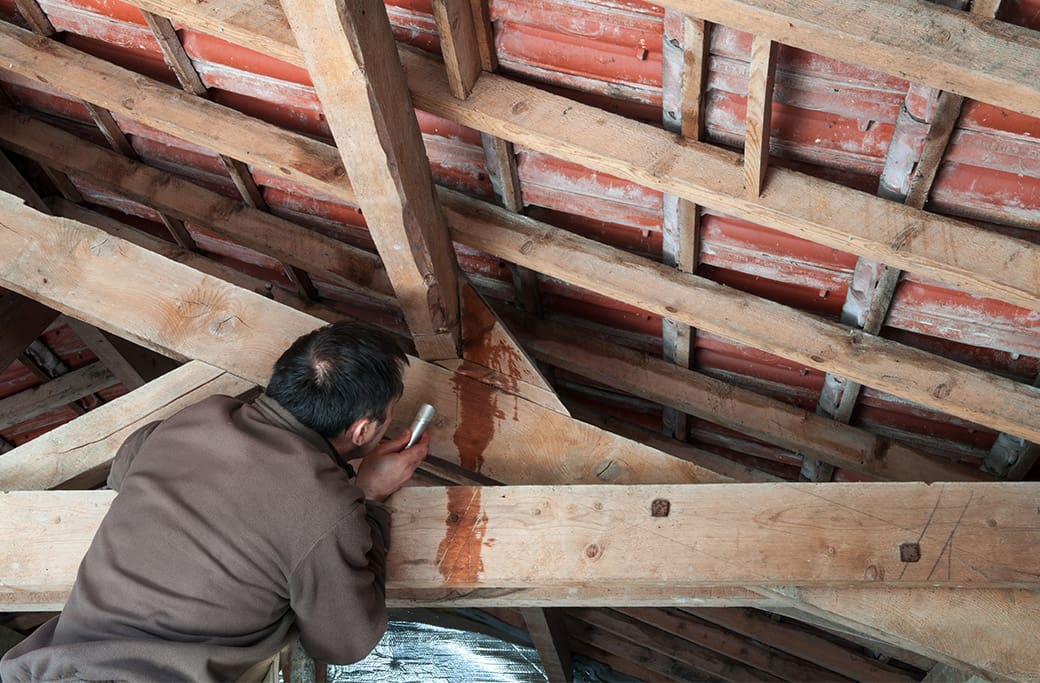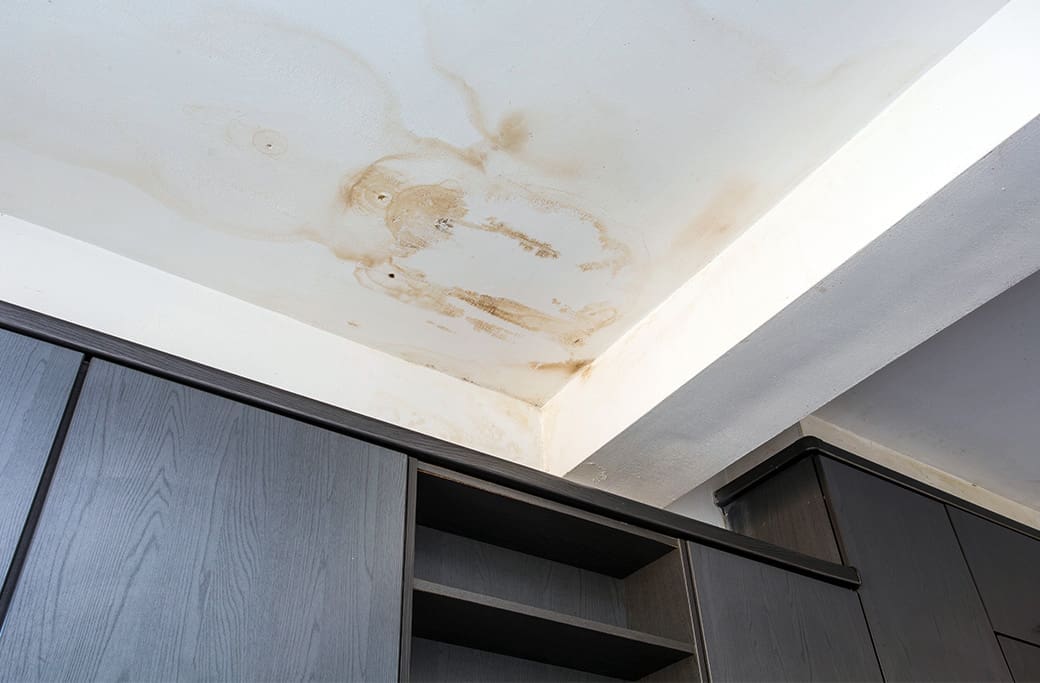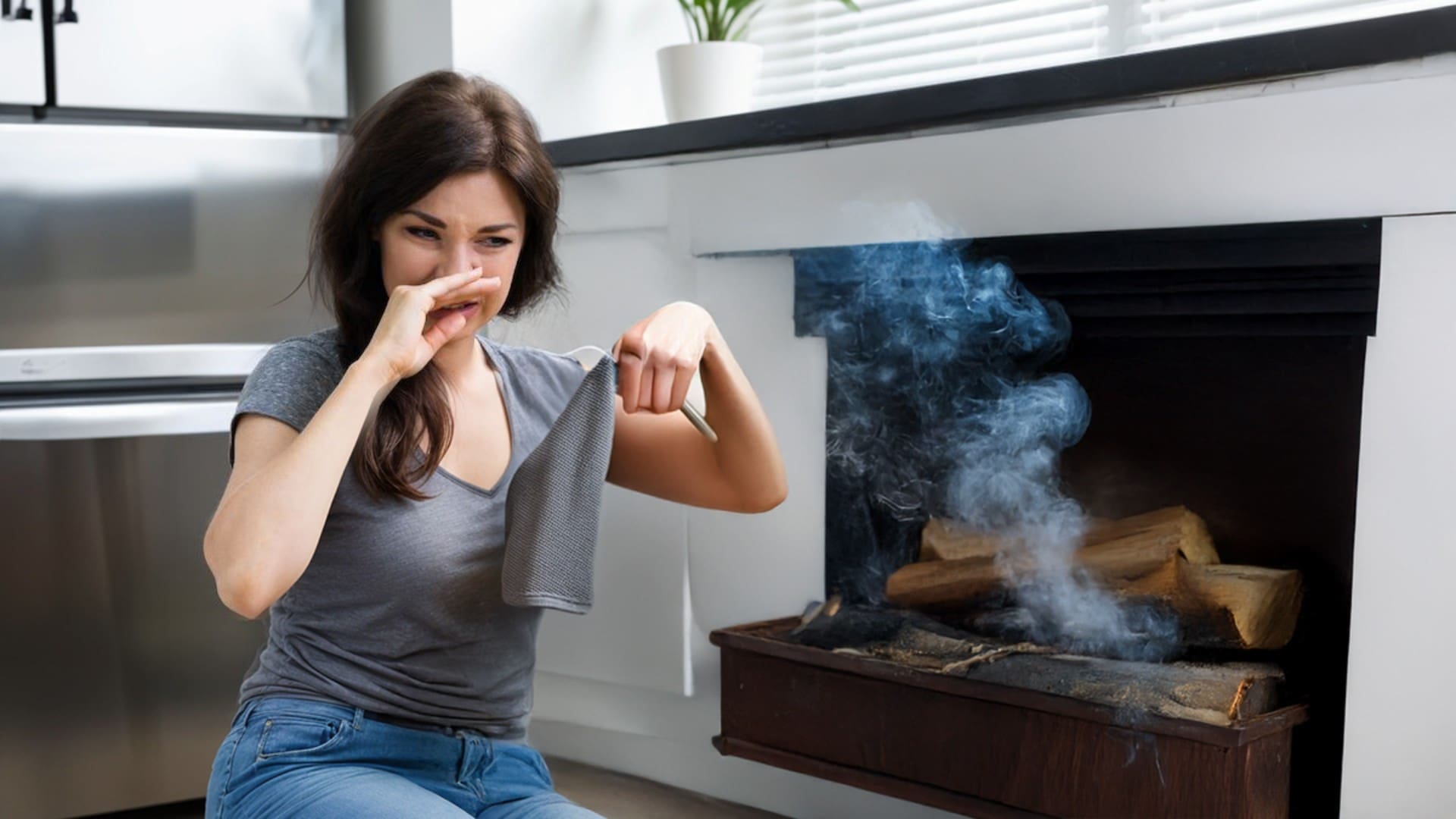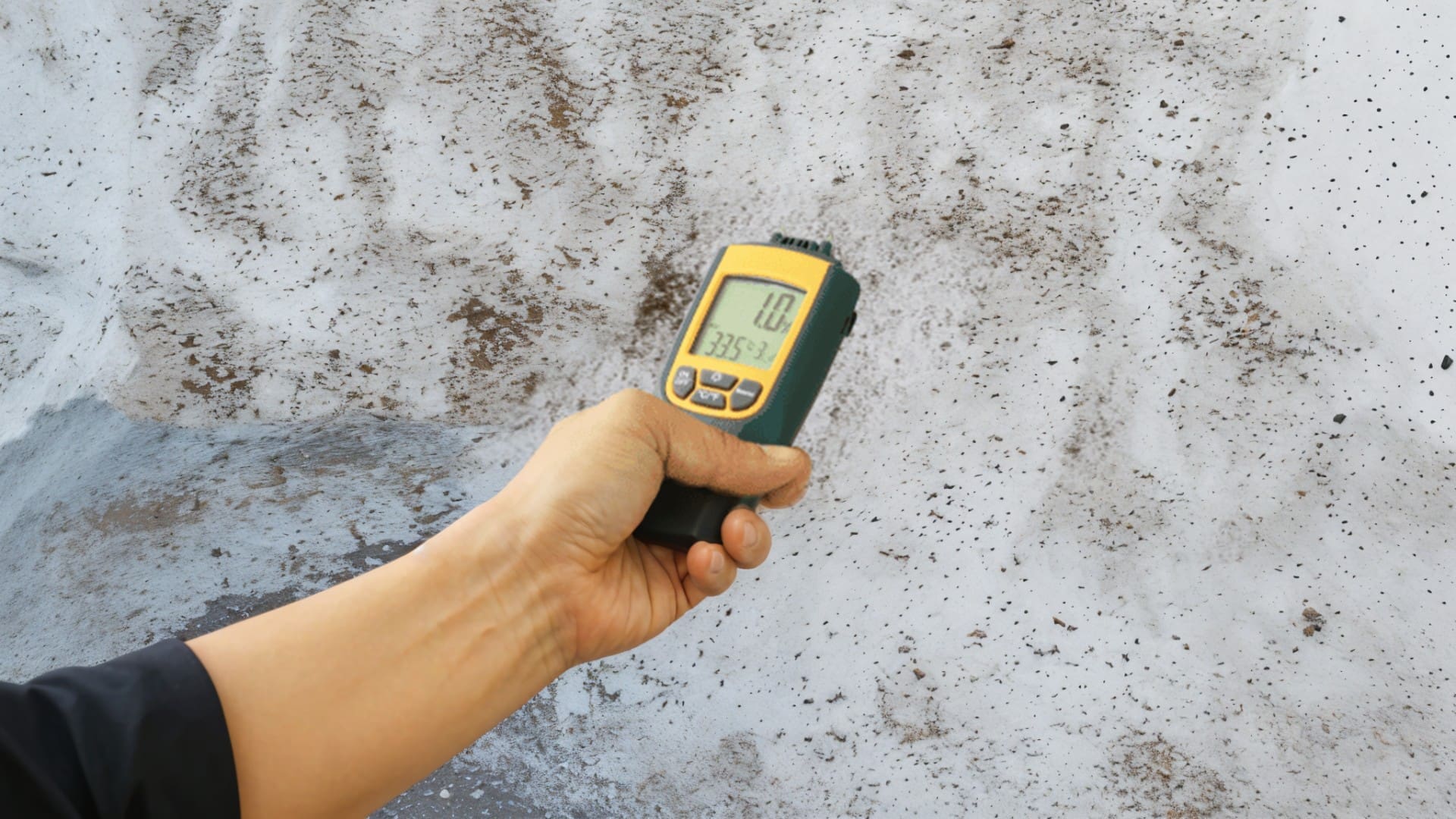
Ensuring a safe and healthy home environment is a top priority for homeowners. Maintaining such an environment requires attention to various areas within the home, some of which may not immediately come to mind. Yet, one often-overlooked area that can significantly impact your living conditions is the attic. This space, typically used for storage or forgotten altogether, can harbor unseen threats. Mold growth in this hidden space can wreak havoc on your home’s air quality and, consequently, your family’s health. Mold thrives in the presence of moisture and warmth, conditions often found in attics due to poor insulation or ventilation. Regular inspections and proper maintenance of the attic are crucial to prevent mold and ensure a healthy living environment for you and your family.
Understanding Attic Mold
What Causes Mold in Attics?
Mold thrives in moist, warm environments, and attics can be a perfect breeding ground. Several factors contribute to mold growth in attics, such as poor ventilation, roof leaks, and inadequate insulation. When moisture seeps into the attic and doesn’t evaporate properly, it creates an ideal setting for mold spores to multiply.
How Mold Affects Air Quality and Health
Once mold takes hold in your attic, it can release spores into the air that permeate the entire house. These spores can trigger allergies, respiratory issues, and other health problems. Common symptoms include sneezing, coughing, and even more severe reactions in individuals with asthma or weakened immune systems. It’s essential to address attic mold promptly to safeguard your indoor air quality and health.
Signs of Attic Mold
Visible Signs and Odors
Detecting mold in your attic early is crucial. One of the most apparent signs is visible mold growth on wooden beams, insulation, or other surfaces. Mold often appears as black, green, or white patches. Another telltale sign is a musty odor that worsens over time. If you notice any of these signs, it’s time to investigate further and take action.
Preventing Attic Mold
Tips for Maintaining a Dry and Well-Ventilated Attic Space
Prevention is always better than cure. To keep your attic mold-free, ensure it remains dry and well-ventilated. Install vents or fans to promote air circulation and reduce humidity levels. Using a dehumidifier can also help maintain an optimal environment.
Regular Inspection and Maintenance Checklist for Homeowners
Regular inspections are key to preventing mold growth. Creating a maintenance checklist that includes checking for leaks, inspecting insulation, and ensuring proper ventilation. Address any issues promptly to prevent moisture buildup and potential mold growth.
Attic Maintenance Checklist
-
-
- Check for leaks in plumbing, roofing, and windows
- Inspect insulation for damage or moisture
- Ensure all areas are properly ventilated
- Look for signs of water damage or staining
- Clean and maintain HVAC systems
- Monitor humidity levels regularly
- Address and repair any identified issues immediately
-
Remediation Techniques
DIY vs. Professional Methods for Removing Mold
When it comes to mold removal, you have two options: DIY or professional remediation. Small, localized mold infestations can be handled with DIY methods, using commercial mold cleaners and protective gear. However, for extensive mold growth, it’s best to hire professionals who have the expertise and equipment to safely and effectively remove mold.
Safety Precautions and Steps to Ensure Complete Mold Removal
Whether you choose DIY or professional remediation, safety is paramount. Wear protective gear, such as gloves, masks, and goggles, to avoid exposure to mold spores. Seal off the affected area to prevent spores from spreading and ensure thorough cleaning and disinfection.
Restoring Air Quality
How to Improve Overall Home Air Quality Post-Remediation
After successfully removing mold from your home, it’s crucial to focus on restoring and maintaining optimal air quality. Mold can leave behind spores and other impurities that linger in the air, so employing methods to purify and refresh your home’s atmosphere is essential.
Start by using air purifiers that are equipped with HEPA filters to effectively capture any remaining mold spores, dust, and other airborne particles that can affect your health. These purifiers work best when placed in central locations where airflow is most active.
Improving ventilation throughout your house is another key step. This can be achieved by regularly opening windows to allow fresh air to circulate or by using exhaust fans in areas prone to moisture, such as bathrooms and kitchens.
Additionally, regularly replace HVAC filters to ensure your heating and cooling systems are not recirculating contaminated air. Consider upgrading to HEPA filters, which are designed to trap tiny particles and allergens more effectively than standard filters.
By following these steps, you can significantly enhance your home’s air quality, creating a healthier and more comfortable living environment.
Moldy Attics Affecting Your Home’s Air Quality
Attic mold can significantly impact your home’s air quality and your family’s health. By understanding the causes, recognizing the signs, and taking proactive measures to prevent and remediate mold, you can maintain a safe and healthy living environment.
If you suspect mold in your attic, don’t hesitate to call us at STOP Restoration for professional inspection and remediation services. Taking action now can prevent long-term health problems and ensure your home remains a safe haven for you and your loved ones. Remember, a healthy attic equals a healthy home. So, make attic maintenance and mold prevention a priority to safeguard your household’s well-being. Let’s work together to keep your home safe and mold-free!




